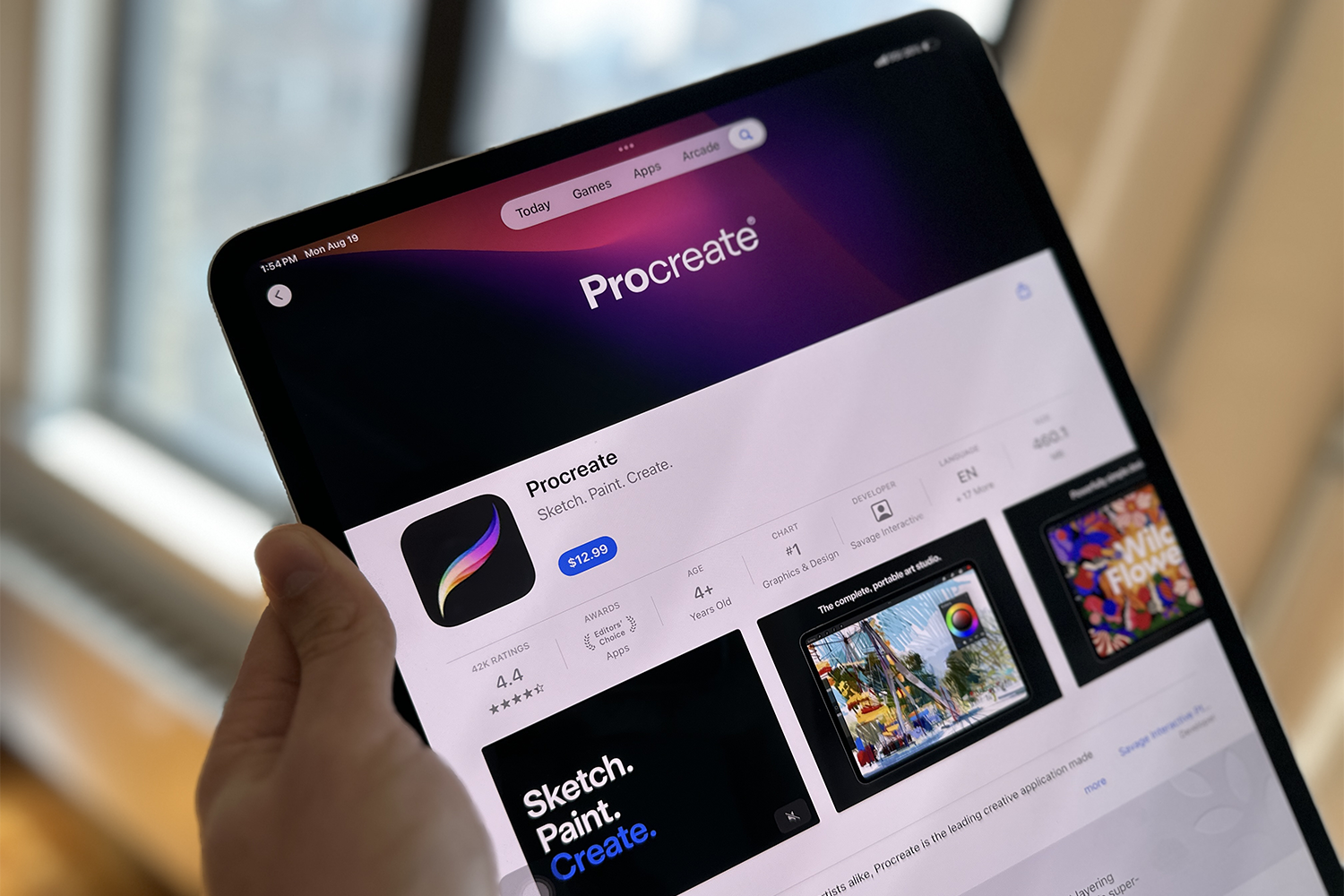Adobe’s Photoshop has grown to become an incredibly capable and powerful image editing tool, but its ever-increasing complexity also makes it harder for new users to learn how to use it. That could change later this year, however, as Photoshop will soon introduce some new AI-powered tools that allow users to perform complex edits by simply asking the app to do it for them.
In March, Adobe revealed its AI image generation tool, called Firefly, which stood out from similar tools with a promise that it wouldn’t infringe upon the existing work of artists and photographers, as the AI was only trained on images from Adobe’s own stock image site, public domain content, and openly licensed work. It didn’t take long for Adobe to reveal its grander plans for Firefly, as just a few weeks later, the company revealed the tool would be incorporated into some of its video and image editing apps.
Coming as a surprise to no one, today Adobe also revealed that Firefly would be incorporated into Adobe Photoshop, the company’s flagship image editing tool, through a new tool called Generative Fill. The tool can either expand the borders of an image by generating additional out-of-frame content that matches the lighting, style, and perspective of the original photo, or completely replace parts of an image based on simple text prompts from the user.

One of the examples Adobe has provided that demonstrates the benefits of Generative Fill is changing the size or aspect ratio of an image. Often times, a photo is shared on several different platforms, including social media consumed on phones, or in a browser on a laptop. Cropping an image to a smaller size is easy enough, but expanding the borders of a photo to make it taller or wider often involves very complex editing by a skilled Photoshop artist. Generative Fill promises to fill in the missing areas of an expanded photo automatically in a matter of seconds.

Generative Fill is useful beyond just recreating out-of-frame areas of a photo. Adobe also demonstrates how the tool can be used to intelligently replace or edit parts of a photo the user has highlighted using Photoshop’s selection tools using a simple text prompt. In this instance, the middle of the road was highlighted and Generative Fill was asked to add yellow lines to make it more obvious this cyclist was riding on an empty road, and not a random section of pavement. The added lines not only matched the perspective of the photo, but also the level of wear already on the road.
As with many of Photoshop’s tools, the automated Generative Fill edits are non-destructive, and are added to a document as additional layers that can be turned on and off, or further manually tweaked by an artist using other filters. And in some cases, Generative Fill can also suggest several different versions of an edit, letting the artist have the final say in which one is actually used.
Users with access to beta releases of the desktop version of Adobe Photoshop will have access to Generative Fill starting today, while wider availability of the tool in release versions of Photoshop is expected sometime in “the second half of 2023.”














